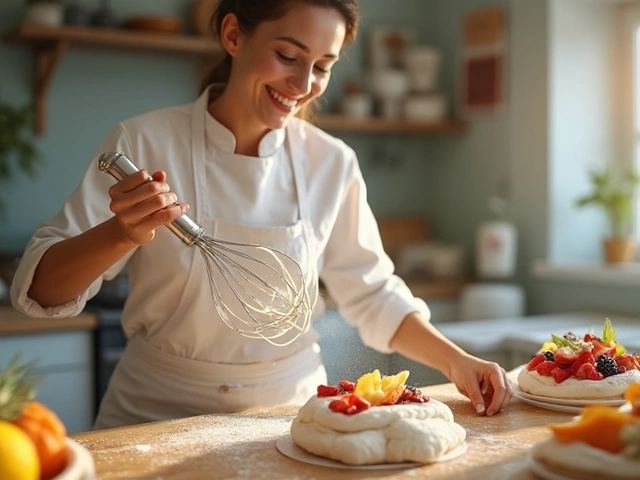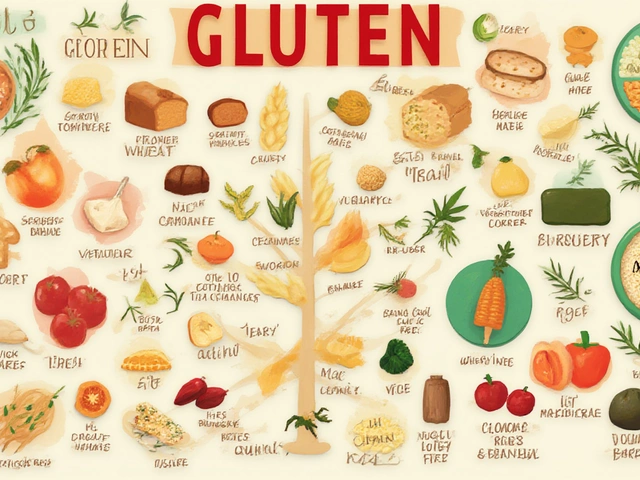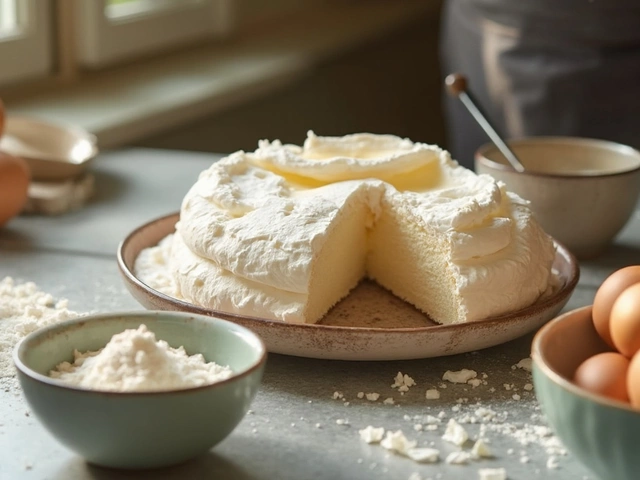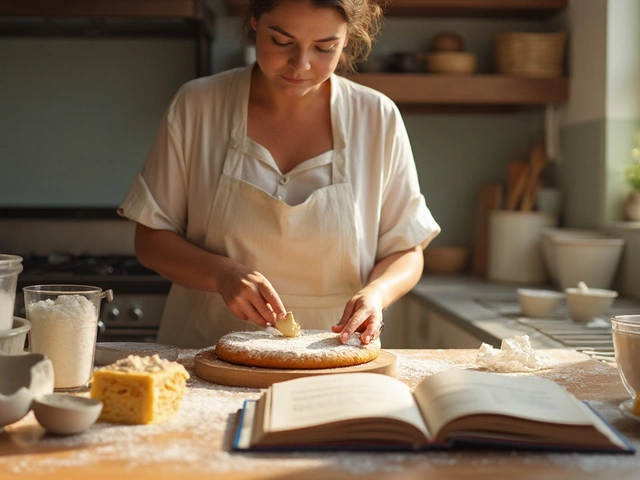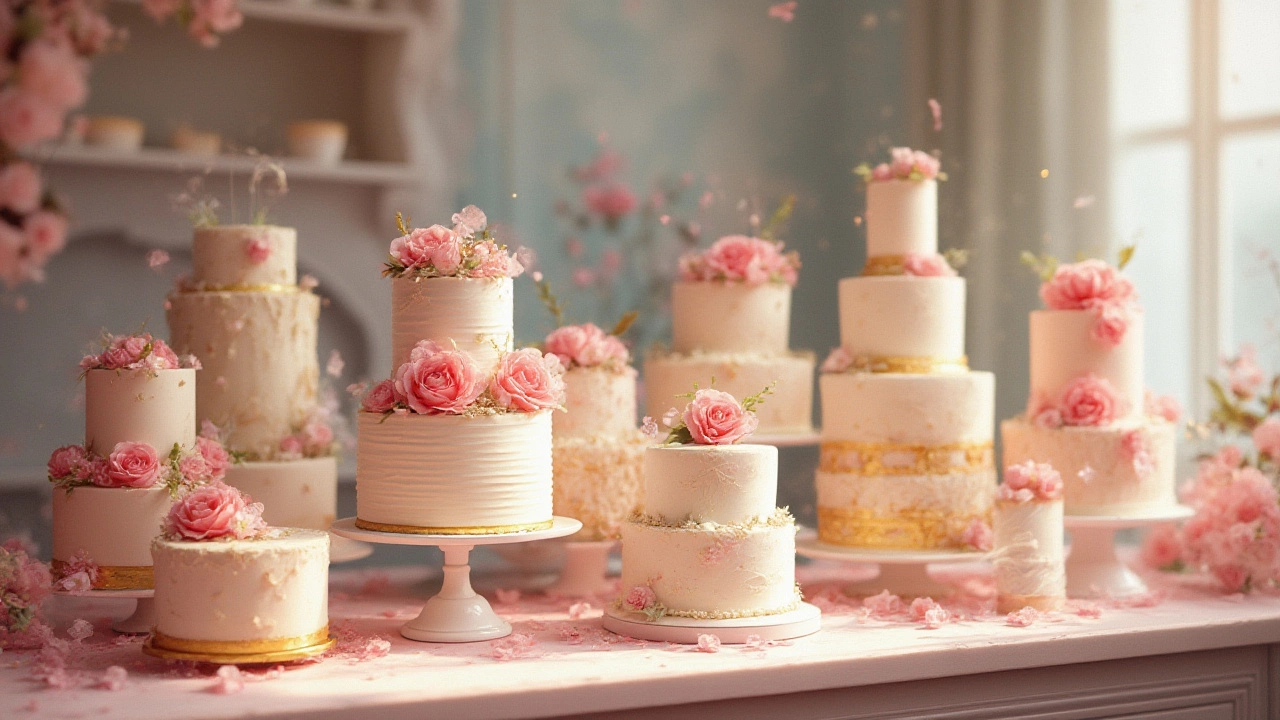
If you want to spark a passionate debate at brunch, ask a group of brides and grooms how much is sensible to spend on a wedding cake. Piping hot opinions everywhere—maybe more than in a bakery at dawn. No other dessert seems to carry as much weight, both on the big day and on your budget spreadsheet. Is it about impressing your guests, giving in to nostalgia, or is it just flour, sugar, and a shiny price tag dressed up in fondant? The topic isn’t just a question of flavor—it’s social media glory, family tradition, and your personal taste (literally and figuratively) all rolled into one. Whether you picture cutting into a six-tiered masterpiece draped in sugar flower peonies or a simple, naked vanilla cake on a rustic slice of wood, everyone hits the sticky question sooner or later: how much should you actually spend on a wedding cake in 2025?
How Cake Pricing Works: The Numbers You’ll Actually See
Bakers have never been shy about saying that cakes are art, and art isn’t priced by the pound. Yet, here’s the real talk: wedding cakes in the US average between $500 and $900, with plenty of people swinging higher or lower. That wide range is not just “wedding mark-up,” though that’s not a total myth. Wedding cakes genuinely take hours—sometimes days—of work, from the baking and frosting to the design and delivery. You’ll often see pricing set per slice. In 2025, most urban bakeries charge between $6 and $14 per slice, depending on where you live and how detailed your vision is. For smaller towns or from-home bakers, $3–$7 per slice is not unusual. A 100-guest wedding with a mid-range $8 per slice cake? That’s $800—before upgrades, extras, or delivery.
Wondering what bumps up the cost? The kind of sugar work that racks up those hundreds—think fresh flowers, metallic leaf, handpainted designs, or tiers that defy gravity—will push the price up fast. There’s also the flavor tier: anything more interesting than vanilla or chocolate (like lavender lemon or pistachio cardamom) might add a bit per slice. And don’t forget about filling choices—fruit compotes, chocolate mousses, or ganache all require craft and often pricier ingredients than a basic buttercream.
Here’s a quick breakdown in a handy little table, so you can size up what real couples reported spending last wedding season:
| Guest Count | Average Cake Cost (USD) | Typical Price Per Slice |
|---|---|---|
| 50 | $350 - $550 | $7 - $11 |
| 100 | $600 - $900 | $6 - $12 |
| 150 | $950 - $1,400 | $7 - $14 |
| 200 | $1,350 - $1,900 | $7 - $12 |
This table covers the range for classic fondant or buttercream styles made by independent bakeries—not the minimalist sheet cakes some hotels or chain venues might offer as part of a “wedding package.” Sheet cake pricing can be a lifesaver for your wallet but expect a different look and flavor experience.
Big Factors That Change the Price (And Where You Can Actually Save)
Everyone’s heard that “wedding tax” joke, right? Being honest, a small upcharge does happen, but it’s not all smoke and mirrors. Custom wedding cakes require more consultation and precision than birthday cakes. There are a few factors you should think about if you want to keep costs under control.
- The size of your cake: More guests, more cake, more money. Cutting the guest list—even by 20 people—can save you serious cash. You can also order a smaller decorative cake and supplement servings with a matching sheet cake that stays in the kitchen (not the most Instagrammable but almost nobody notices after the first tier is cut).
- Details, details, details: Sugar flowers, hand-painted motifs, gold foil, and sculpted fondant? Gorgeous, yes, but also expensive. If you love “the look” on Pinterest, ask your baker to simplify the design or use real (edible-safe, non-toxic) flowers instead of labor-intensive sugar ones.
- Flavors and fillings: Classic white or chocolate keeps costs down; specialty flavors or elaborate fillings cost more. Fresh fruit or nut-based fillings, for example, bump the price up quickly.
- Display and delivery: If your venue is far or in a tricky location, remember that delivery fees are real. Some bakers also charge for cake stands or set-up time. Ask ahead so you’re not surprised by last-minute charges.
- Time of year: Wedding season (May–October in most places) sometimes means higher pricing because bakeries are slammed. Weekday or off-season weddings can get better rates on cakes as well as venues and flowers.
- Reputation and location: Big city bakeries with lots of online clout charge more, while newer bakers or those in smaller towns may offer comparable quality for less. Check reviews, but don’t assume good means most expensive.
It’s also smart to ask for sample tastings. Some bakers include this in the price, while others charge $30–$80 for a to-go box of mini cake samples (often refundable if you book with them). Tastings help you find out if you love their texture and flavors—which is huge, since you’ll eat this cake on one of the biggest days of your life.

How Much Is ‘Enough’ for a Wedding Cake—and What’s Worth the Splurge?
Alright, here’s the truth bomb: There’s no “right” amount to spend on a wedding cake. But there are smart ways to make what you pay actually feel worthwhile. The rule used to be to plan on spending 2–4% of your total wedding budget on cake. If you’re spending $25,000 on your wedding, that would mean $500–$1,000 for your cake. The real question: where does cake rank for you compared to flowers, music, dress, or photography?
Some couples (hi, raising my hand here) planned their entire wedding look around a show-stopping cake covered in edible pearls and shimmering with faux diamonds. My husband, Jonas, swears he barely noticed the color of the flowers, but he still brings up our almond-hazelnut cake with raspberry ganache. Other couples just want something clean and classic. If cake’s not your passion project, spending $350–$500 for a simple but delicious bake is totally okay. A friend of mine even made her own cake with her mom the week of the wedding, spending barely $60 on ingredients—and everyone raved. The experience counted more than the tiers.
Before you set your heart on an elaborate design, ask yourself how important cake is in the grand scheme of your party. Are you doing a big photo moment? Will your guests care more about cake or a hip donut wall or ice cream cart? If you want major “wow,” invest in décor details that pop in photos—a statement flower arrangement or a cake topper with personality. Keep in mind, smaller cakes with more intricate decoration cost about the same as large, simple cakes. So you have to pick: size or sparkle?
At the end of the night, it isn’t the money you remember—it’s the taste, the laugh as you smash a piece into your new spouse’s face, and the joy of sharing something sweet with all the people you love.
Smart Ways to Stretch Your Cake Budget Further
Wedding cake anxiety is real, but stretching your cake budget isn’t as impossible as it might seem. The trick is to be honest with yourself, savvy with your baker, and a little creative. Here’s how you can get the most cake for your buck without feeling like you’re cheaping out on your dream dessert:
- Limit the tiers: Do a two or three-tier cake for photos and supplement with undecorated kitchen cakes served from the back. These are literally sheet cakes that match the flavor of your decorative cake but aren’t displayed.
- Mix up the flavors: Keep the fancier filling or flavor for just one layer. The other layers can be crowd-pleasers like chocolate or vanilla, which cost less.
- Choose buttercream: Fondant looks smooth and fancy but comes at a price. Buttercream is less costly, easier to personalize, and—let’s be honest—a lot tastier to many.
- Repurpose flowers: If you have a florist, ask them to add leftover blooms from bouquets and centerpieces onto the cake at the venue. That saves you on expensive sugar flowers and looks totally cohesive.
- Book early: Some bakers offer early booking discounts, especially if you snag a date in the off-season or midweek.
- Shop small: Home bakers with great reviews often charge less than big bakery shops and work with you on customizing details. They’re also less likely to charge high minimums (sometimes $500+!) just to start your order.
- DIY what you can: Maybe make the cake topper yourself or ask a friend to help with delivery so you can skip the delivery or set-up fee.
- Be strategic with servings: You don’t actually need cake for every single guest. Many people skip dessert, especially if you’re serving a rich meal or have a dessert table. Plan for cake for about 75–80% of your guests and supplement with little treats if needed.
A recent study by The Knot found that 17% of couples in 2024 opted to offer a cake alternative (cupcakes, macarons, or dessert bar) to trim costs and keep things fun. If a tiered cake isn’t your style, consider a beautiful cupcake tower or a table of your favorite baked sweets with a small ceremonial cake for cutting photos. The best cake is the one you and your guests will actually enjoy eating—and it won’t leave you with a sugar hangover or buyer’s remorse the next morning.
Remember to highlight wedding cake cost on your final budget spreadsheet—cakes are one of the last big-ticket reception items you’ll finalize, and the price can change if your guest list creeps upward in those last couple of months. Be open with your baker, ask for options, and don’t be afraid to show them exactly what you like. They’ve seen every Pinterest board under the sun and can help you create something gorgeous for whatever you’re willing to spend.
All things considered, your wedding cake is more than dessert. It’s a memory you get to taste, a centerpiece for celebration—the one time you can justify edible glitter and not feel extra about it. So, choose a number you’re comfortable swallowing (pun intended), get inspired, and let yourself have a little fun with it. After all, it’s your day, your way, and there are no rules frosting can’t break.

